Dear Readers,
AI plays a crucial role in our blog, helping us manage our time more effectively to keep the content flowing. While AI assists with content creation, which may lead to occasional spelling or grammar errors, our primary goal remains clear: to deliver meaningful insights to you. For important matters, please consult a specialist.
Thank you for your understanding and support.
Best regards,
Education.com.cy
1. Executive Summary
Social media significantly influences music consumption by making songs go viral, leading to repeated listening and strong emotional connections. This repeated exposure can shape users’ experiences and emotions. Additionally, the combination of music with video content on social media can amplify these emotional impacts, highlighting the importance of recognizing how social media shapes our musical preferences and emotional responses.
2. Introduction
The impact of social media on music consumption is significant and multifaceted. Social media platforms have the power to make songs go viral, influencing users to repeatedly listen to and share music. This phenomenon can lead to a deep emotional connection with the music, as songs often reflect personal experiences and emotions. The combination of music with visual content on social media can further amplify this emotional impact. Understanding the coding behind social media content creation is crucial, as it allows for the production of high-quality videos and sounds that can effectively manipulate emotions. This highlights the importance of recognizing how social media can shape our musical preferences and emotional responses.
3. Main Sections
Evolution of Music Consumption
The evolution of music consumption has undergone significant transformations over the years, influenced by technological advancements and changes in media platforms. Initially, music was experienced live, with performances in concert halls, theaters, and public spaces. The invention of the phonograph in the late 19th century marked the beginning of recorded music, allowing people to listen to music at home.
With the advent of radio in the early 20th century, music became more accessible to the masses, as people could listen to broadcasts from their homes. This era also saw the rise of vinyl records, which became a popular medium for music consumption. The mid-20th century introduced magnetic tape and cassette tapes, which provided more portability and convenience for listeners.
The late 20th century brought about the digital revolution, starting with the compact disc (CD), which offered superior sound quality and durability compared to vinyl and tapes. The 1990s and early 2000s saw the rise of digital downloads and the MP3 format, which revolutionized music consumption by allowing users to store large collections of music on their computers and portable devices.
The most significant shift in recent years has been the emergence of streaming services. Platforms like Spotify, Apple Music, and YouTube have made it possible for users to access vast libraries of music instantly, without the need to purchase individual tracks or albums. This model has changed the way people discover and consume music, emphasizing playlists, recommendations, and social sharing.
Examples of these changes include the viral nature of songs on social media platforms, where a track can gain immense popularity through shares and likes, often leading to widespread recognition and commercial success. Additionally, the integration of music with video content on platforms like TikTok has created new opportunities for artists to reach audiences.
Applications of these advancements are evident in the way music is marketed and consumed today. Artists and record labels use data analytics from streaming services to understand listener preferences and tailor their marketing strategies. Interactive media and multimedia experiences, such as virtual concerts and music videos, combine audio and visual elements to create immersive experiences for fans.
Overall, the evolution of music consumption reflects broader trends in technology and media, highlighting the increasing importance of digital platforms and the interconnectedness of audio and visual content in shaping how we experience music.
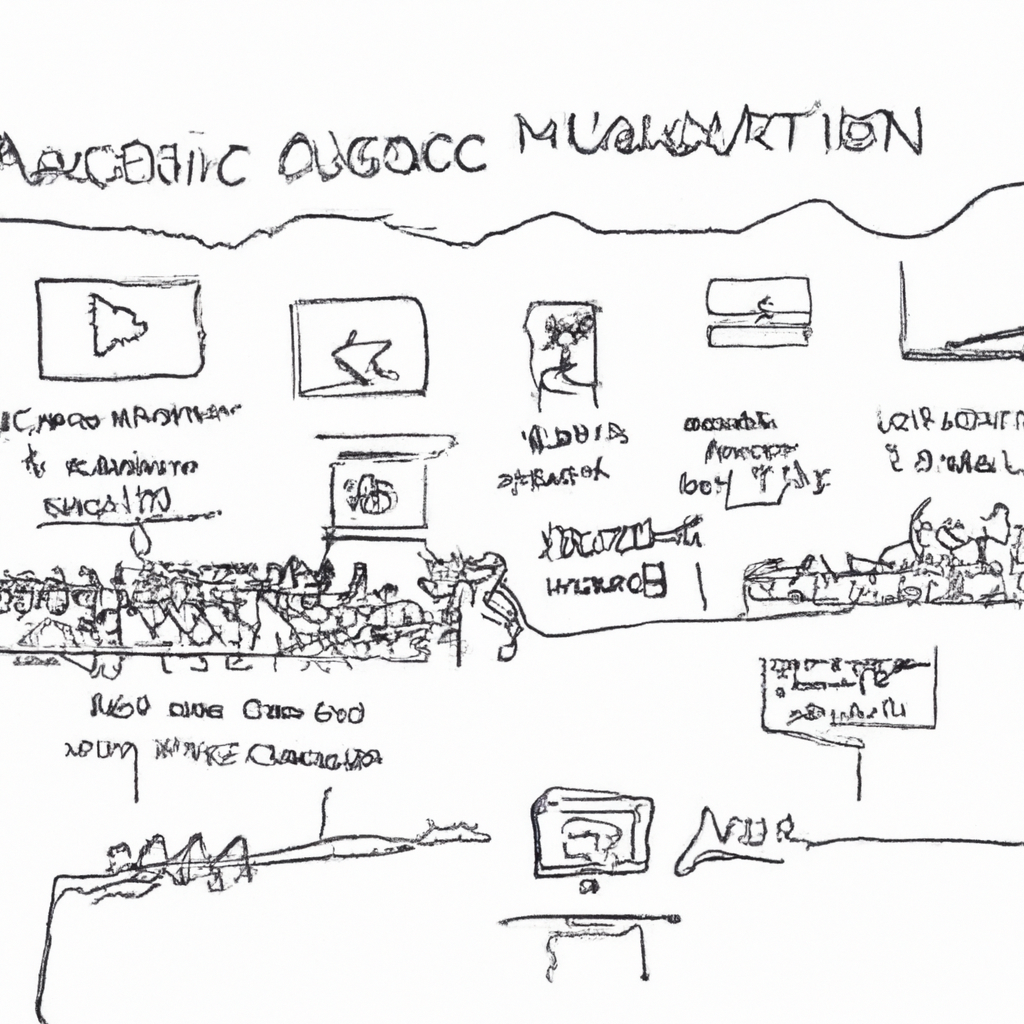
Role of Social Media Platforms
Social media platforms play a significant role in music consumption by influencing how music is discovered, shared, and experienced. These platforms can make songs go viral, allowing users to repeatedly listen to and share tracks they enjoy, which can lead to widespread popularity. For example, a song that resonates with users can be shared extensively, creating a viral trend. This phenomenon is driven by the emotional connection users feel with the music, which can reflect their personal experiences and emotions.
Moreover, social media platforms use sophisticated coding to enhance the user experience by combining music with visual elements, such as videos. This combination can amplify the emotional impact of a song, making it more engaging and memorable. For instance, a well-produced music video shared on social media can attract millions of views, further boosting the song’s popularity.
Additionally, social media platforms act as emotional manipulators by curating content that aligns with users’ preferences and emotions. This targeted approach can influence users’ feelings and behaviors, as they are continuously exposed to content that resonates with their current emotional state. For example, users who have experienced heartbreak might be more likely to engage with and share songs about lost love, reinforcing their emotional state.
In summary, social media platforms significantly shape music consumption by facilitating the discovery and sharing of music, enhancing the emotional connection through multimedia content, and influencing users’ emotions and behaviors through targeted content.
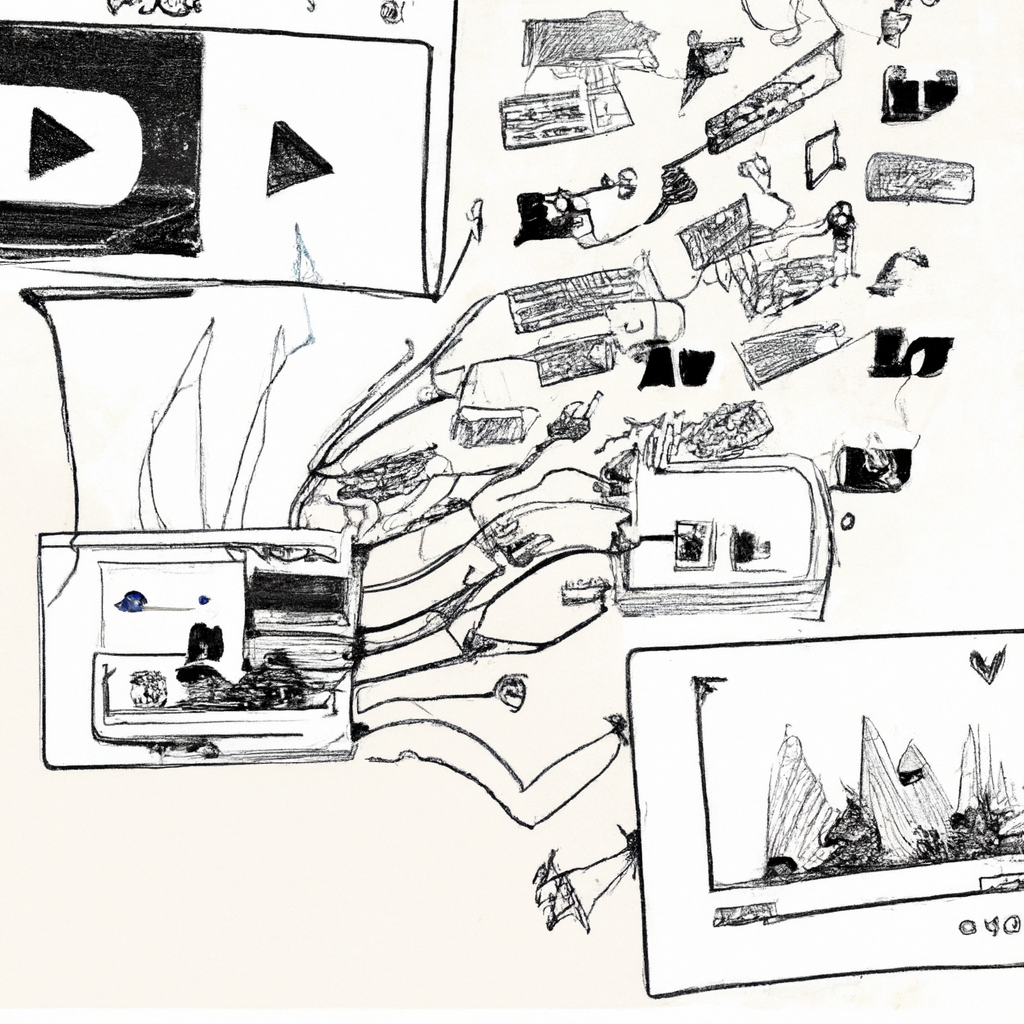
Find out how the strategies discussed in the article
"How Teaching a Song Can Improve Your Child’s Learning and Well-Being"can help address internet addiction in children and teens.
Influence on Music Trends and Genres
Social media has a profound influence on music trends and genres, shaping how music is created, shared, and consumed. One significant impact is the ability of social media platforms to make songs go viral. When users repeatedly listen to and share a song they like, it can quickly gain widespread popularity, often leading to a viral hit. This phenomenon is driven by the emotional connection listeners feel with the music, which can be amplified by the combination of audio and visual elements in social media content.
For example, a song that resonates with themes of love or heartbreak can become particularly popular because many people have experienced similar emotions. As users share these songs, they can create a sense of community and shared experience, further driving the song’s popularity. This can lead to a form of emotional manipulation, where repeated exposure to certain types of music can influence listeners’ feelings and perceptions.
Moreover, the coding and algorithms behind social media platforms play a crucial role in determining which songs are promoted and reach a wider audience. Effective coding can enhance the quality of videos and audio, making them more appealing and likely to be shared. This technical aspect of social media can thus shape music trends by highlighting certain genres or styles that align with the platform’s algorithms.
In addition to influencing individual songs, social media can also shape broader music trends and genres. For instance, the rise of platforms like TikTok has led to the popularity of short, catchy songs that fit the format of the platform’s videos. This has influenced artists to create music that is more likely to be used in social media content, leading to the emergence of new genres and styles that cater to these trends.
Overall, social media acts as a powerful tool for shaping music trends and genres, leveraging emotional connections, viral sharing, and technical enhancements to influence what music becomes popular and how it is consumed.
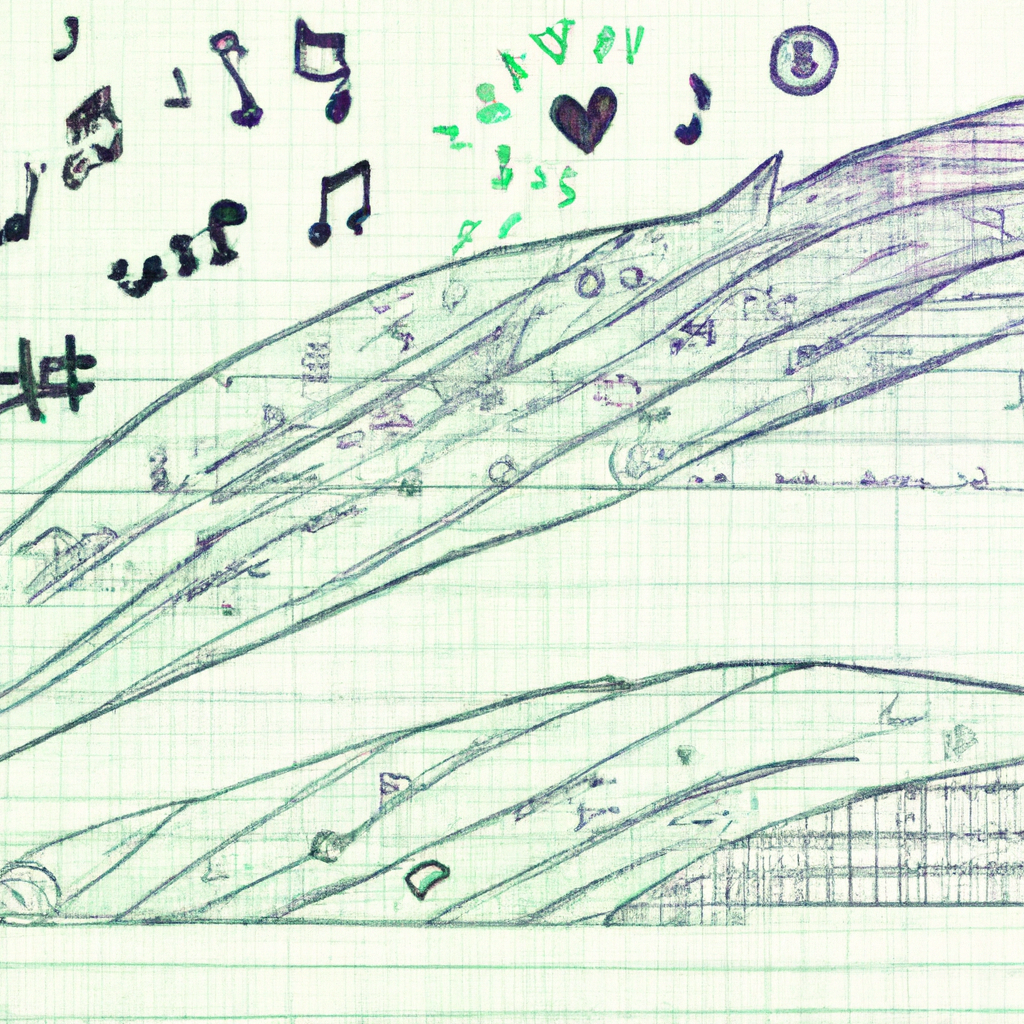
Impact on Artists and Music Industry
Social media has had a profound impact on artists and the music industry, transforming how music is created, distributed, and consumed. One significant effect is the ability of social media to make songs go viral. When users repeatedly share and listen to a song they like, it can quickly gain widespread popularity, often without traditional marketing efforts. This viral nature can lead to significant exposure for artists, sometimes catapulting them to fame overnight.
Moreover, social media platforms allow artists to connect directly with their audience, fostering a sense of community and engagement. This direct interaction can help artists build a loyal fan base, receive immediate feedback, and even crowdsource ideas for new projects. For example, platforms like Instagram and TikTok enable musicians to share behind-the-scenes content, live performances, and personal stories, creating a more intimate connection with their fans.
However, the influence of social media extends beyond just promotion and engagement. It also shapes the content of the music itself. Artists may find themselves influenced by the trends and themes prevalent on social media, which can affect their creative process. For instance, songs that resonate with common experiences, such as heartbreak or social issues, are more likely to be shared and discussed, potentially leading to a form of emotional manipulation or “brainwashing” as users repeatedly engage with content that reflects their own experiences and emotions.
Additionally, the integration of multimedia elements, such as music videos, further enhances the emotional impact of songs. A well-crafted video can amplify the message of a song, making it more memorable and emotionally engaging. This combination of audio and visual elements can create a powerful experience that resonates deeply with viewers.
On the technical side, the creation of music and videos is heavily reliant on coding and digital tools. High-quality production values, achieved through sophisticated coding and software, can make a significant difference in the success of a music video or song on social media. This technical aspect underscores the importance of digital literacy and technical skills in the modern music industry.
In summary, social media has revolutionized the music industry by enabling viral distribution, fostering direct artist-fan interactions, influencing creative content, and emphasizing the importance of multimedia and technical skills. These changes have created new opportunities and challenges for artists, shaping the future of music in the digital age.

User Engagement and Community Building
User engagement and community building through social media in the context of music consumption can be highly effective due to the emotional and experiential connections that music creates. Here are detailed explanations, examples, and applications:
-
Emotional Connection: Music has a profound ability to evoke emotions and resonate with personal experiences. When users find a song that speaks to their feelings or life situations, they are more likely to engage with it repeatedly. This repeated engagement can lead to the song going viral as users share it within their networks.
-
Viral Potential: Social media platforms enable songs to become viral through shares, likes, and comments. For example, a song that captures the essence of a common experience, such as heartbreak or joy, can quickly spread as users share it to express their own emotions. Platforms like TikTok have shown how short clips of songs can become immensely popular, leading to increased streams and downloads.
-
Community Building: Social media allows fans of a particular artist or genre to come together and form communities. These communities can engage in discussions, share content, and support each other. For instance, fan groups on Facebook or Reddit can create a sense of belonging among users who share similar musical tastes.
-
Interactive Content: Artists and creators can use social media to interact directly with their audience. Live streams, Q&A sessions, and behind-the-scenes content can make fans feel more connected to the artist. This direct interaction fosters a loyal fan base and encourages ongoing engagement.
-
User-Generated Content: Encouraging fans to create their own content related to a song can significantly boost engagement. Challenges, covers, and remixes are popular ways for users to participate. For example, a dance challenge on TikTok can lead to thousands of users creating and sharing their own videos, further promoting the song.
-
Algorithmic Promotion: Social media platforms use algorithms to promote content that is likely to engage users. Good coding and content creation can ensure that a song or video reaches a wider audience. By understanding and leveraging these algorithms, artists can maximize their reach and engagement.
-
Emotional Manipulation: The combination of music and visual content can be particularly powerful in influencing emotions. Social media can amplify this effect, making users more likely to engage with content that resonates emotionally. For example, a music video that tells a compelling story can deeply affect viewers, leading to higher engagement and sharing.
In summary, social media enhances user engagement and community building in music consumption by leveraging emotional connections, viral potential, interactive content, user-generated content, and algorithmic promotion. These elements work together to create a dynamic and engaging environment for music fans.
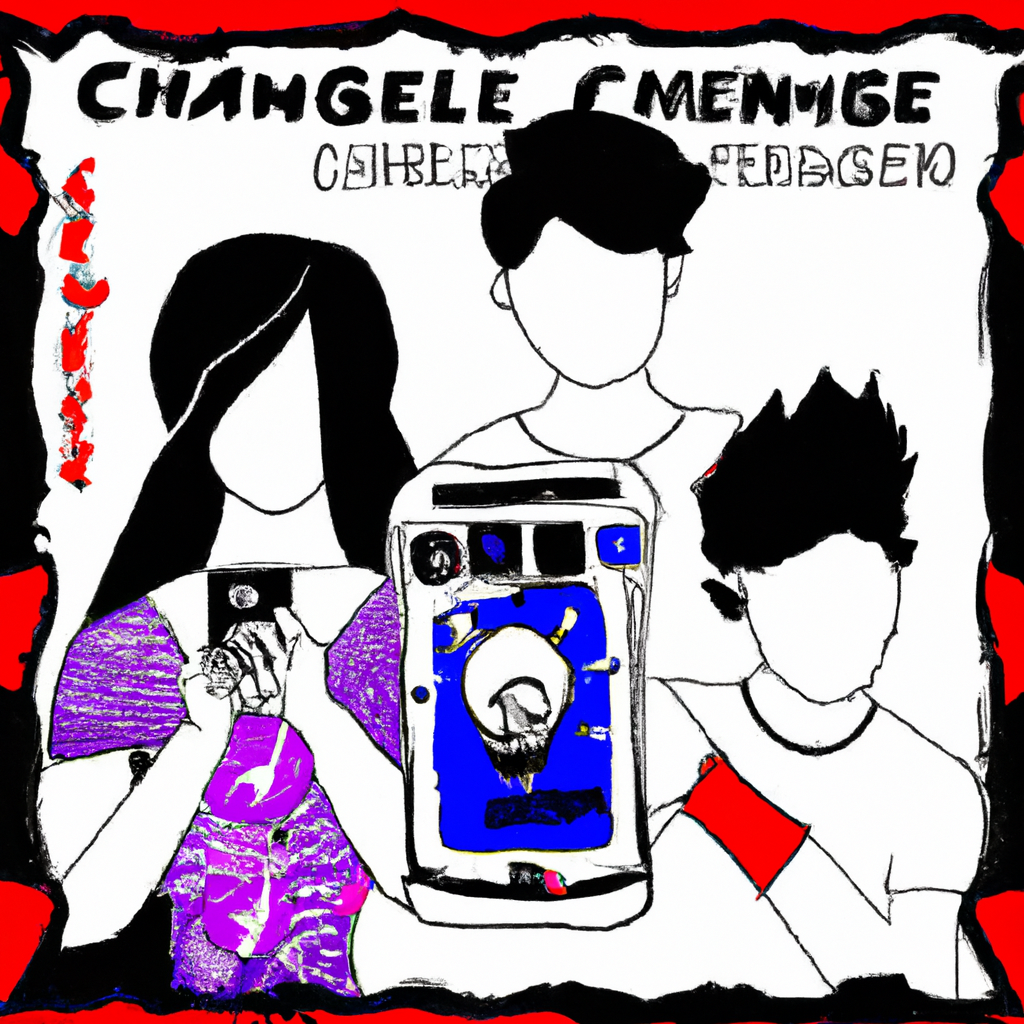
4. Conclusion
Social media has a significant impact on music consumption, often leading to repetitive listening and potential brainwashing. Songs that resonate emotionally with listeners, such as those about violence or lost love, can become viral and deeply influence individuals’ experiences and beliefs. The combination of music and video content on social media can amplify these effects.
For educators and parents, practical takeaways include:
1. Awareness: Understand the powerful influence of social media on music preferences and emotional states.
2. Guidance: Encourage balanced and mindful consumption of music and media.
3. Education: Teach critical thinking skills to help young people discern the content they engage with.
4. Alternative Outlets: Promote exposure to diverse music genres, such as classical music, which can have calming effects and counteract negative emotions.
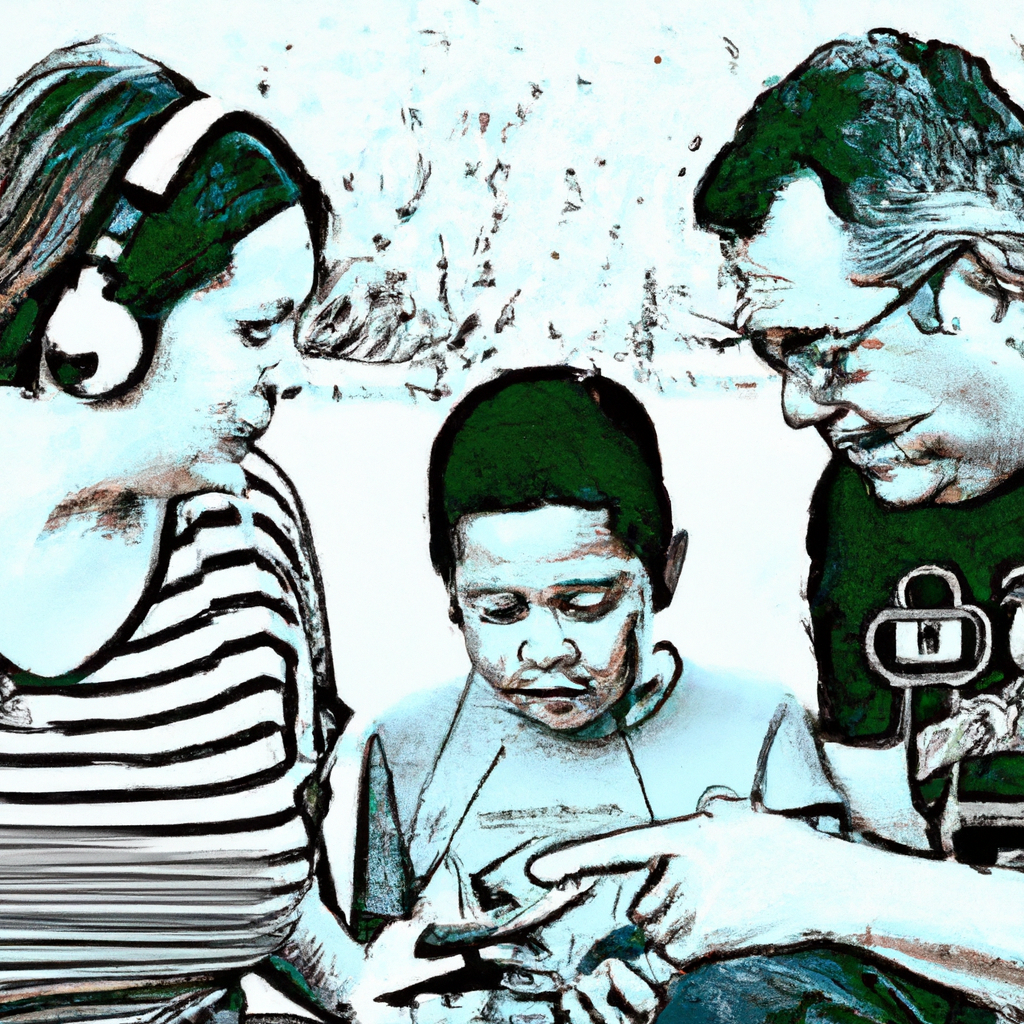
Thank you for reading our article on The Impact of Social Media on Music Consumption. We highly value your feedback and invite you to take a brief survey to share your thoughts and experiences. Your responses will be kept confidential.
Dear Readers,
Welcome to my blog, where technology, music, and visual arts come together to spark creativity and growth. By subscribing, you’ll become part of a vibrant community committed to exploring and learning in these areas.
Select the type of engagement that suits you best:
Join us and enjoy tailored content and direct support suited to your interests.
